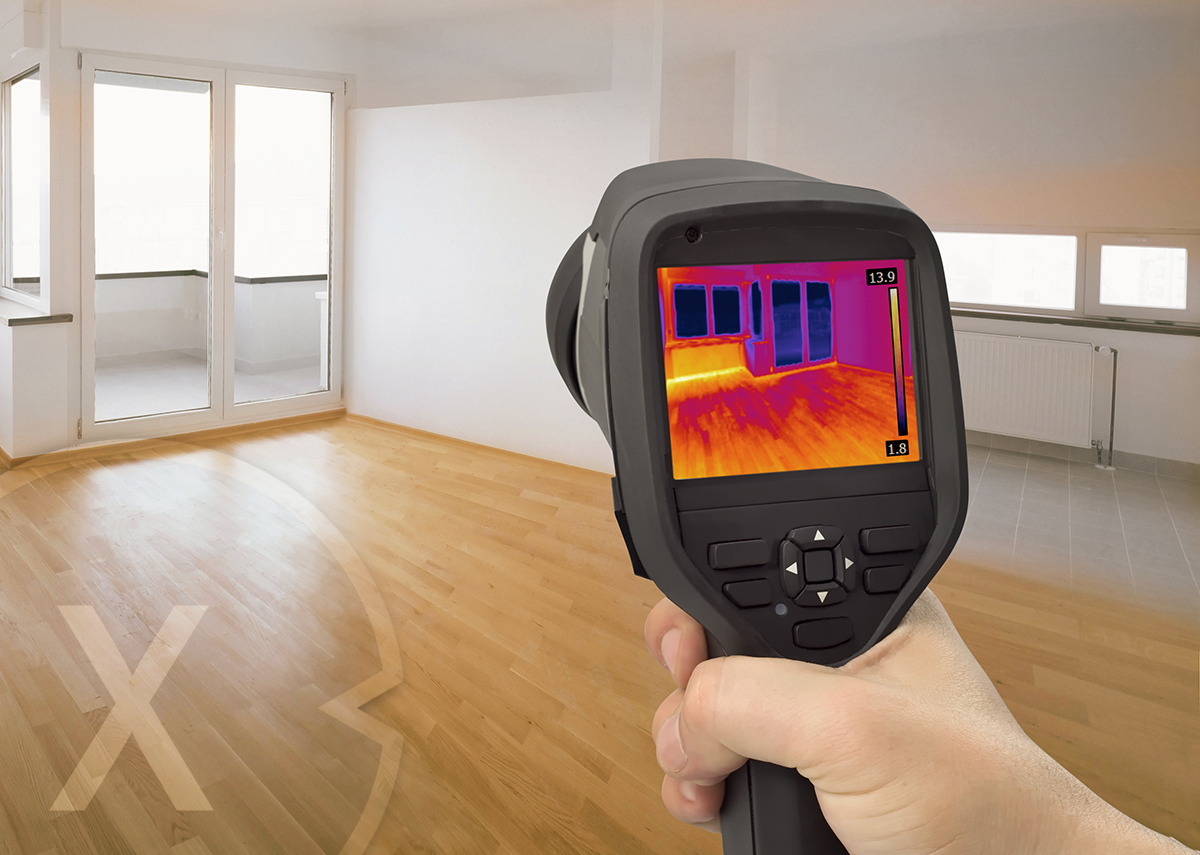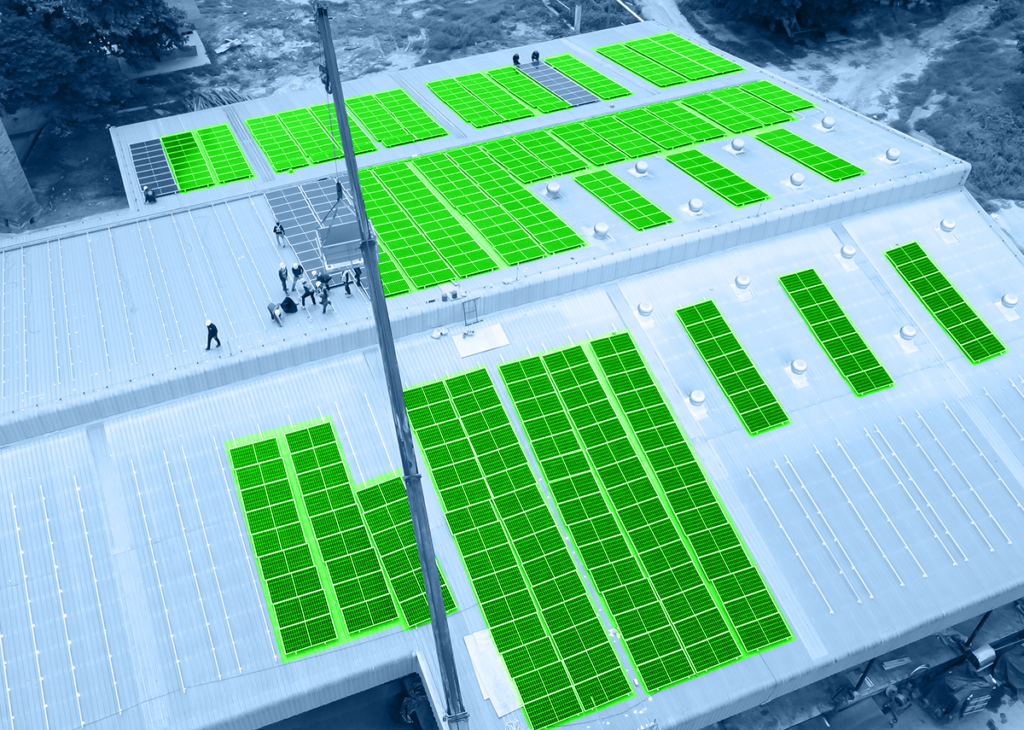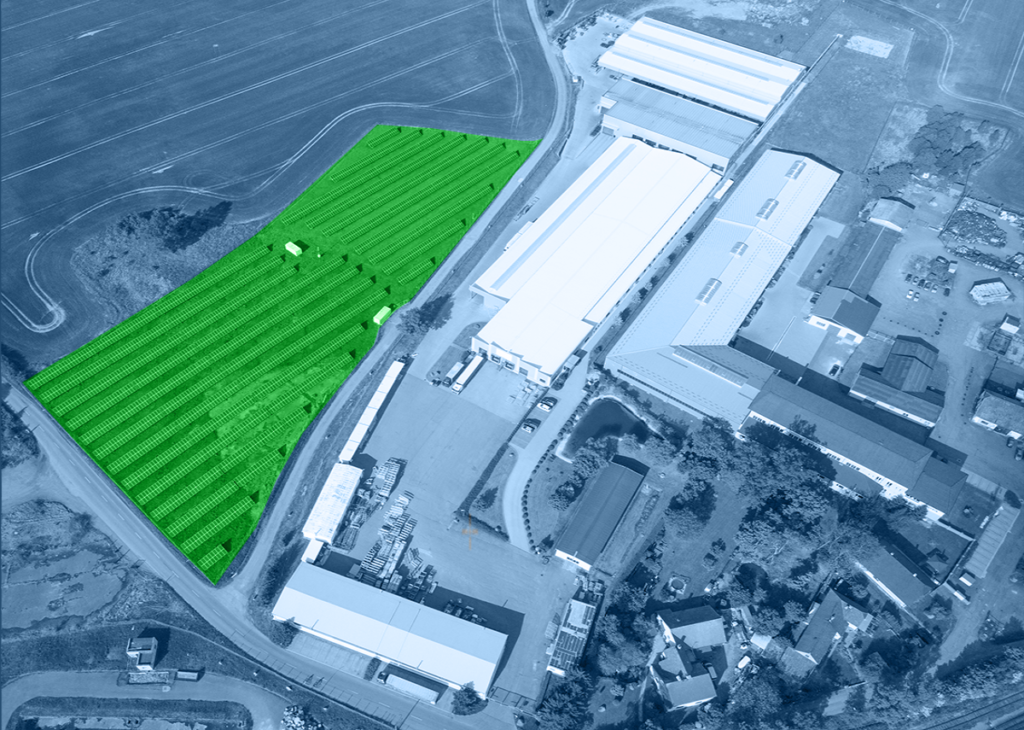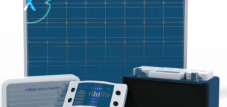Why are infrared heating and solar systems ideal together? Combine infrared heating with solar or photovoltaics!
Language selection 📢
Published on: April 4, 2023 / update from: April 4, 2023 - Author: Konrad Wolfenstein

Combining infrared heating with solar systems increases the feeling of well-being - Image: Xpert.Digital / Dario Sabljak|Shutterstock.com
Infrared as a heating system
Infrared heating is a heating system that uses infrared radiation to warm objects in a room, including walls, floors and furniture. It has several advantages including low installation cost and low maintenance cost. It can also be combined with solar panels to create a more environmentally friendly and cost-effective heating system.
However, using infrared heaters as the primary heating system in homes is not recommended as they may not meet the requirements of the Building Energy Act (GEG) and can lead to high electricity bills. Infrared heating is best suited for well-insulated houses or passive houses where the heat requirement is low. In terms of comfort, it offers a practical solution that keeps walls dry and prevents mold growth. If you are looking for an efficient, cost-effective and environmentally friendly heating solution, infrared heating combined with solar panels could be a good option. However, it is important to consider your home's specific needs and seek professional advice before making a decision.
With a solar system, infrared heaters become a serious alternative for heating
Infrared heating is a type of electrical heating that uses radiation instead of convection to heat a room. Infrared heating has gained popularity in recent years due to its easy installation and cost-effectiveness. It can be installed without major renovations and is a good alternative to conventional heating systems. According to a study by Konstanz University, infrared heating in combination with a photovoltaic system can offer ecological and economic advantages compared to heat pump systems. Infrared heating can also be used as an additional heating system for those who already have a primary heating system, especially for those who have a photovoltaic system. Compared to traditional heating systems, infrared heating has lower installation costs, low maintenance costs and high energy efficiency. However, it should be noted that infrared heaters can have higher electricity consumption and CO₂ emissions compared to heat pump systems if the electricity is generated from fossil fuels. Additionally, infrared heating is not suitable as a primary heating system in areas with very cold climates as it may not provide enough heat to keep the room warm.
What possible uses do infrared heating systems have?
Infrared heaters are versatile and can be used as the main heating system in new buildings and houses or as an additional heat source. They radiate heat comparable to solar radiation, which is absorbed by surfaces and objects and thus heats them. Infrared heaters can be used in combination with central heating as practical additional heating in the transitional period in spring or autumn and create pleasant room temperatures and a cozy atmosphere. Unlike traditional radiators, which first heat the air, infrared heaters release heat directly into the environment. These heaters are particularly suitable for temporary heating loads and rooms with high humidity, such as: B. Bathroom. Infrared heaters are also low-maintenance and cost-effective, and there are many different mounting options for different applications. The power required depends on the size of the room, and the wattage of these heaters can range from 300 watts to over 1000 watts. In addition, infrared lamps are used for therapeutic purposes, e.g. E.g. to relieve ear pain, sinus infections, abscesses, allergies, muscle tension and rheumatism. However, a minimum distance of 30 centimeters must be maintained to avoid overheating. Infrared heaters are relatively inexpensive and have low installation costs compared to traditional oil or gas heaters, heat pumps and other systems. And finally, infrared heaters are perfect for unplanned guests due to their fast heating performance, as they can quickly create a cozy guest room.
Combine infrared heating with solar or photovoltaics!
Infrared heaters and photovoltaic systems are two sustainable technologies that can be combined to reduce energy costs and carbon emissions. Infrared heaters can be used as additional heating systems for owners of photovoltaic systems as they require electricity to operate. The combination of photovoltaic systems and infrared heaters can offer significant benefits, such as lower energy costs and lower carbon emissions.
Even if the combination of photovoltaics and infrared heating seems ideal at first glance, there are some limitations to consider. Small downside is that infrared heaters use large amounts of electricity, so additional energy storage solutions may be required. However, this problem can be solved by using devices such as the Fronius Ohmpilot or My-PV AC-Thor, which intelligently control infrared heaters and only use excess PV energy.
There are many different types of infrared heaters on the market, with different wattages and sizes. For example, the SUNERY infrared heater Small with 350 watts and the SUNERY infrared heater Big with 750 watts; two models made of recyclable materials that can be used with photovoltaic systems. Additionally, infrared heaters produce radiant heat, which is more efficient than convection heat because the heat is generated at the object the rays hit.
Overall, the combination of photovoltaics and infrared heating can be a sustainable and cost-effective solution for homeowners who want to reduce their environmental footprint and energy costs. While it requires some initial investment and additional equipment, the long-term benefits make it a worthwhile consideration. Homeowners can use this technology to increase their solar energy self-sufficiency and potentially save thousands of dollars in energy costs per year.
What possible uses do the CarbonHeat heating modules have?
The CarbonHeat heating modules have a wide range of possible uses. They are suitable for installation on walls, ceilings and floors, as well as for use in grid ceilings and underfloor heating. Specially developed heating laminates can easily be inserted into grid ceilings, so that CarbonHeat heating technology can be installed unobtrusively in commercial properties, municipal facilities and administrations. In addition, CarbonHeat is working on many other possible uses to enable environmentally conscious and cost-efficient heat generation, including an energy self-sufficient heating solution combined with renewable electricity generation that can contribute to environmental protection. The heating modules offer modern heat generation and heat distribution and can be integrated into a comprehensive system for ventilation, regulation and control of an entire house from a single source.
However, it should be noted that in some applications the radiation performance may be affected if the CarbonHeat heating modules are mounted on ceramic or slate plates. The use of transformers is not necessary with 24V panel heaters, which can save additional energy costs.
Overall, the CarbonHeat heating modules offer a versatile and environmentally conscious option for heat generation and can be used in a variety of applications.
More about it here:
- Warehouses, production halls and industrial halls with their own power source from a photovoltaic roof system - Image: NavinTar|Shutterstock.com
- Industrial plant with its own power source from an outdoor photovoltaic system - Image: Peteri|Shutterstock.com
- Plan solar systems with photovoltaic solutions for freight forwarding and contract logistics
- B2B solar systems and photovoltaic solutions & advice
- Plan photovoltaics for warehouses, commercial halls and industrial halls
- Industrial plant: Plan a photovoltaic open-air system or open-space system
- Plan solar systems with photovoltaic solutions for freight forwarding and contract logistics
- B2B solar systems and photovoltaic solutions & advice
Combining an infrared heating system with a solar system: expert advice from Xpert.solar
I would be happy to serve as your personal advisor.
You can contact me by filling out the contact form below or simply call me on +49 89 89 674 804 (Munich) .
I'm looking forward to our joint project.
Xpert.Digital – Konrad Wolfenstein
Xpert.Digital is a hub for industry with a focus on digitalization, mechanical engineering, logistics/intralogistics and photovoltaics.
With our 360° business development solution, we support well-known companies from new business to after sales.
Market intelligence, smarketing, marketing automation, content development, PR, mail campaigns, personalized social media and lead nurturing are part of our digital tools.
You can find out more at: www.xpert.digital – www.xpert.solar – www.xpert.plus





























